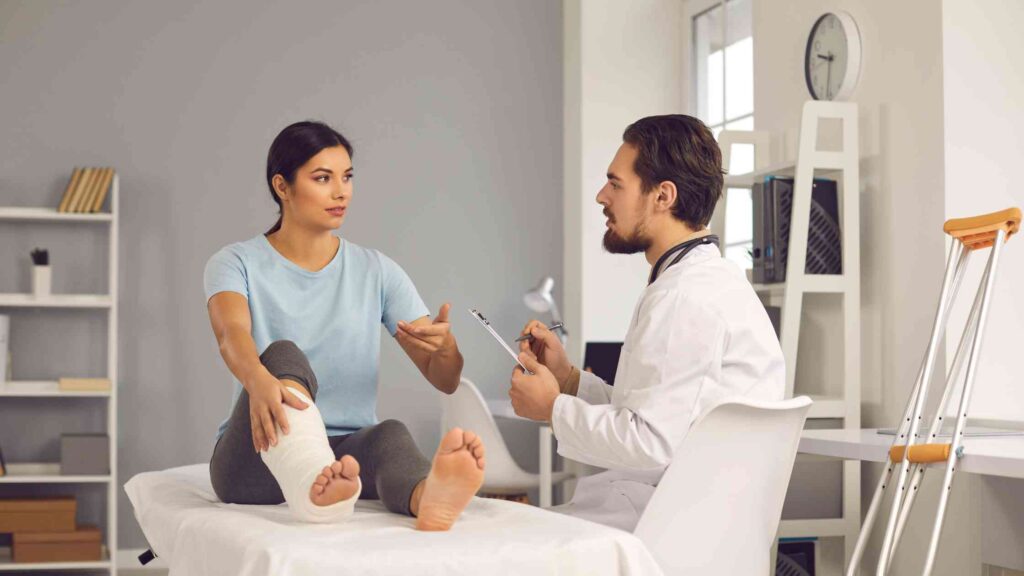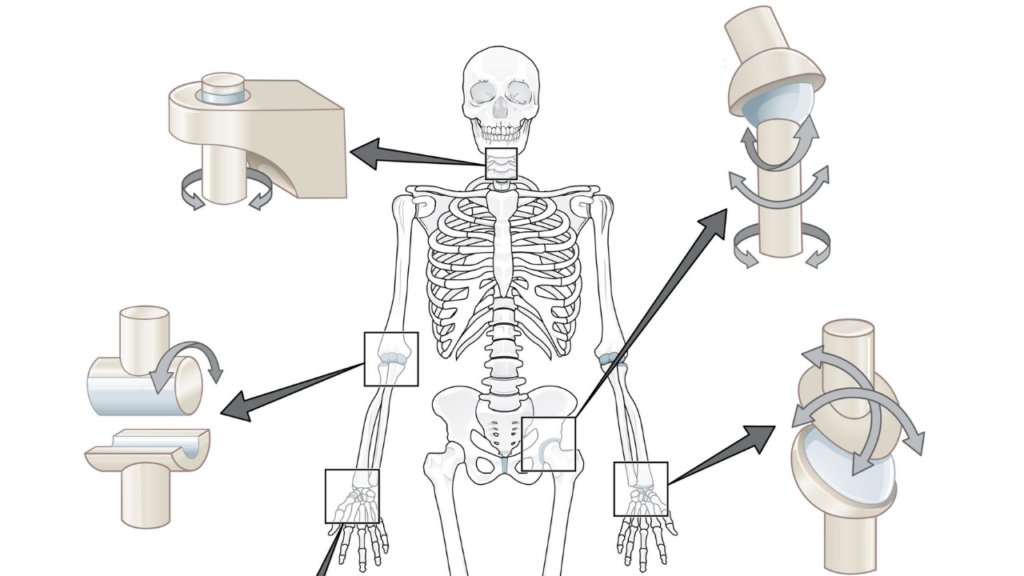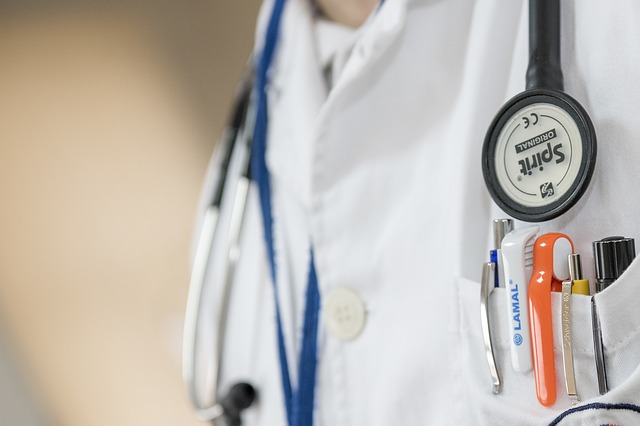Last updated on December 15th, 2023 at 06:57 pm

A good history is one step closer to an accurate diagnosis of a case; a weak medical history can lead to an inaccurate diagnosis and further complications. It is one of the important skills which can make you distinct from other physiotherapists. So let us try to understand why it is so important. By the time you finish reading it, I hope you will come out a little better than what you were before.
What is history taking
History-taking is the process of collecting information from patients and trying to look for clues that may have contributed to the present problem. It involves reviewing the medical report and direct conversation with the patient. Conversation with patients is important. But, one needs to be a better listener to extract information from them. You just put a simple question and leave it to the patient to speak on it.
My strategy of history-taking
Establishing a genuine connection is the first step in extracting a patient’s history. Building trust creates a comfortable environment where patients feel open to sharing their medical journey.
My first question to them depends on how they came to me. We will discuss this topic more, but let me explain what I mean by one of these examples. Suppose a patient is a self-referrer who came to me after going to numerous doctors and hospitals. He/ she is already exhausted by the medical system, and if I start my question with what your problem is, it may (or may not, but most probably) irritate her. In such a scenario, my first question would be, “Do all these treatments work?”.
This simple question is bound to extract all her frustration about whatever she had gone through without benefitting a single penny. You need to hear it patiently. So, what do I get by this? Simple, with a single question, it gave me crucial information on what treatment works and what is not. I will exclude the things that are not working. Just practice and see what you get.
Let me sum up this in a bullet points:
- Some patients may be shy or less talkative, and it may not be possible to get relevant information from them spontaneously.
- In such cases, you must put the question strategically and extract the information.
- Scanning the previous medical report can help in starting the conversation.
- The first question to the patient should depend on how they came to the doctor.
- Asking about the effectiveness of previous treatments can help extract useful information.
- Patients’ frustration and feedback about previous treatments can help exclude ineffective treatments.
- Proper approach and communication skills are essential in taking a patient’s history.
Also Read: Physiotherapy assessment: Step-by-step method
Why is history important?
- The patient’s history helps in understanding the present illness.
- It gives an overall idea of the examination, tests, and diagnosis direction. For example, a patient complains of back pain, which refers to the lower limb. According to the history of occupation, his job is to sit in front of computers for hours. The complaint of pain may suggest a disc prolapse, but his job history gives an idea that it may be a chronic case of back pain. So, we can direct our examination in both directions to rule out one of the causes.
- History can suggest different diagnoses. For example, if a patient has pain in one side of the hip joint, his medical history shows he was given a corticosteroid injection. This makes the picture clearer that the pain is due to avascular necrosis of the hip joint.
- Occupation or medical history can give an idea of the cause of the illness
- Examination can be directed in both directions to rule out one of the causes
- The history itself can help make out some of the diagnoses
The process of history taking
Information about patients’ past illnesses and present illnesses can be obtained by reviewing past medical records and interviewing the patient. We will discuss later how to conduct an effective interview of the patient. Because if you take an interview of a patient like an examiner, it will sound too mechanical. During the interview, one has to develop a good rapport with the patient.
The process I am going to describe is the most standard process used. You may skip one or two depending on the patient’s chief complaint.
For example, taking a family history is useless if a post-operative patient comes to you. But, if lower back pain comes with complaints of pain in small finger joints, then the family history is crucial here.
With the experience, history-taking will become a spontaneous process. You will take all history as if you are talking to your patient. So, here is the process of history-taking:
HISTORY TAKING FORMAT
General demographics
- Name
- Age
- Sex
- Address (region)
Occupation
- Current job
- Nature of current job
- Past job and its nature
- Period of current job
History of current illness.
- What illness or disability made them to approach you.
- Who referred to you.
- Duration of present bout of illness.
- History of any bouts of present illness.
- Mechanism of injury
- How the pain started
- Onset and pattern of pain.
- Pain reliving factors
Treatment history.
- Medication for current illness.
- History of past physiotherapy treatment.
- Medication for other conditions.
History of test and diagnosis.
- Review old X-Ray report.
- Scan through old CT-scan/ MRI reports.
- Review all available records.
History of past illness.
- History of past illness.
- History of past surgeries and implants.
- Diabetes, blood pressure.
Family history.
- History of anyone in the family suffering from present illness.
Social habits.
- Addiction to smoking and drinking.
- Drug abuse.
- Interest in self-care and physical fitness.
Conclusion
For me, history taking is an art. If you master the art, you can collect all the information on the above points in a free-flow manner. You are talking to your patient and collecting information without giving the patient a hint of being interviewed as an examiner. With practice and experience, one can master the art of history taking.
Keep Reading: Orthopaedic assessment for physiotherapist: Step-by-step method
The author is a physiotherapist who has been practising for the last 17 years. He holds a Bachelor's in Physiotherapy (BPT) from SVNIRTAR (Swami Vivekananda National Institute of Rehabilitation and Research), one of the prestigious physiotherapy schools in India.
Whatever he learns dealing with his patient, he shares it with the world through blogs and e-books. He also owns a YouTube channel, "Sunit Physiotherapist" with over 8 lakh active subscribers. Here, he shares everything he gets to learn serving the patient.






Pingback: 8 Alternative career options for physiotherapists to boost career growth - Physiosunit
Pingback: Orthopaedic assessment for physiotherapist: Step-by-step method : Physiosunit
Pingback: Secret tips to setting up physiotherapy center and skyrocket practise : Physiosunit